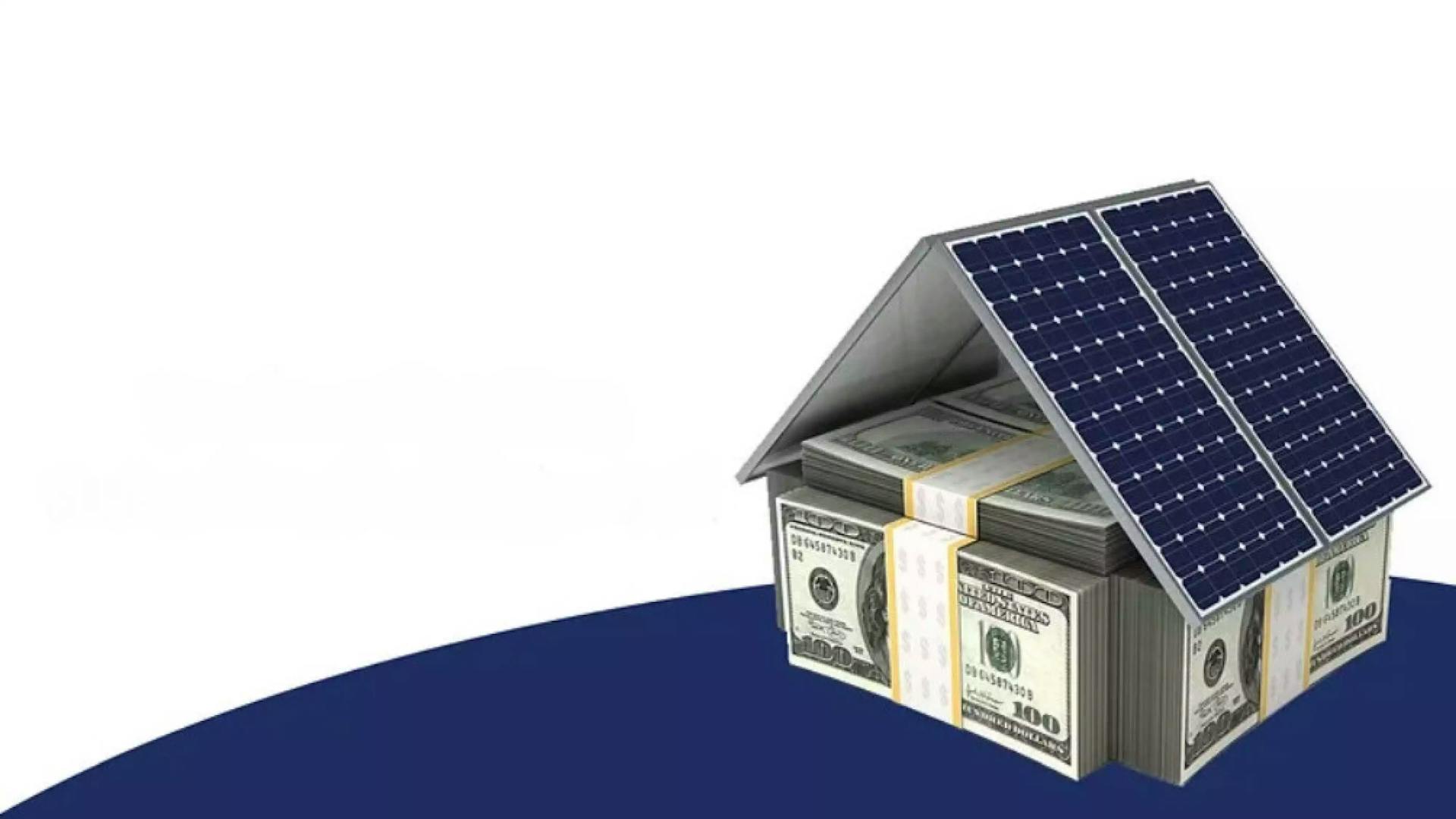Understanding the Solar Payback Period

Going solar is not just about embracing cleaner energy; it's also an investment. Like any smart investor, it's essential to understand the return on investment (ROI). For solar panel systems, this ROI is often measured through the payback period.
What is the Solar Payback Period?
At its core, the payback period represents the time it takes for your solar panel investment to pay back its initial cost. As your solar panels work their magic, converting sunlight into electricity, you'll notice a decline in your electricity bills. Over time, these savings add up and eventually surpass the initial price tag of the system. Simply put, the payback period is when your solar panels have essentially paid for themselves.
The Big Three Influential Factors
Understanding the payback period starts with the 'Big Three' factors:
- Monthly Payment or Total Cash Price of Your System: Your upfront or financed cost.
- Cost of Electricity (Your Utility Company): The rate your utility company charges, which impacts your potential savings.
- Utility Inflation Year-Over-Year: Over the last 30 years, data shows a consistent upward trend in utility rates, with 5% being the most accurate yearly increase prediction.
Delving into Other Factors
While the 'Big Three' lay the groundwork, several other elements can tweak the payback period:
- Residential Location: Geographic areas with more sun hours can lead to faster paybacks.
- Roof Type: Certain roofs can better accommodate and optimize solar panel efficiency.
- Discounts and Incentives: Various incentives can drastically reduce the out-of-pocket cost of solar.
- System Design: The make, model, size, and material of your chosen system play a role in its efficiency and price.
Crunching the Numbers: Calculating the Payback Period
To determine the payback period:
- Determine Annual Energy Costs: Examine your utility bill to gauge your annual energy expenditure.
- Calculate System Costs: Tally up the system's total cost, factoring in discounts, incentives, or tax savings. If financing, remember to include the interest over time. Subtract all discounts and incentives from the upfront system cost.
- Determine Your Annual Savings: The difference between your previous annual energy costs and your new anticipated costs post-solar installation.
- Use the Formula: Payback Period (in years) = Total System Cost / Annual Energy Cost Savings
- Example: If your annual energy costs were $2,500, and post-incentives, your solar system costed $20,000, the calculation is: Payback Period = $20,000 / $2,500 = 8 years This means that in 8 years, your solar system would have essentially paid for itself, and after that, it's pure savings.
Embracing solar is not just about eco-friendliness; it's also a savvy financial move. By understanding the payback period, you can better appreciate the tangible monetary benefits that come with going green. Ready to find out your potential payback period? Reach out, and let's crunch the numbers together!